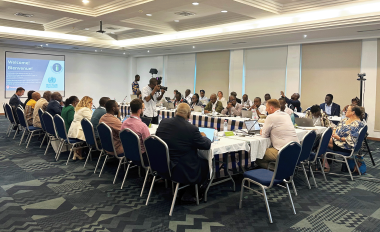About Us
At I2I, our mission is to reduce the impact of vector-borne diseases and contribute to their eventual elimination by improving the product development landscape for vector control tools through the development of individuals and networks that fuel innovation within the vector control product development landscape.
Our vision is a development environment for vector control products conducive to dialogue, innovation and investment in people and products that leads to informed solutions and efficiently delivers a steady stream of new, quality tools to those who need them most, and safeguards their continued effectiveness.

Rationale
Approximately 80% of the global population is at risk from vector-borne disease leading to over 700,000 deaths annually, predominantly in sub-Saharan Africa. Vector borne diseases, such as malaria, dengue, yellow fever and Zika and chikungunya pose a huge threat to the world, affecting not only health outcomes, but also serve to slow economic growth and put additional strain public health systems.
Scale up of vector control tools such as ITNs and IRS have played a pivotal role in reducing the mortality and morbidity rates associated with many vector-borne diseases. However, progress is threatened primarily due to insecticide resistance and the need for more effective tools against outdoor and day biting vectors.
New tools and effective product-to-purpose systems are rapidly needed to allow countries to maintain an effective portfolio of vector control tools to ensure coverage of their populations.
The vector control product management landscape involves numerous organisations, regulatory bodies and researchers across the globe, each with unique and varying expertise. Communication and collaboration between the individuals, networks and bodies of the vector control product development landscape can allow for greater opportunities for knowledge sharing and transfer.

Approach
I2I’s work supports knowledge transfer amongst individuals and networks with a focus on four overarching objectives:
- Innovation: Creating a more conducive environment for innovation and product development;
- Efficiency: Improving evaluation pathways to allow streamlined data generation to accelerate registration and uptake of new tools;
- Quality: Developing rigorous quality assurance systems to ensure the lasting impact of new products;
- Dialogue: Improving dissemination and understanding of WHO pre-qualification processes with vector control stakeholders;

Credit: Charlotte Blakeburn, I2I, 2023.




















